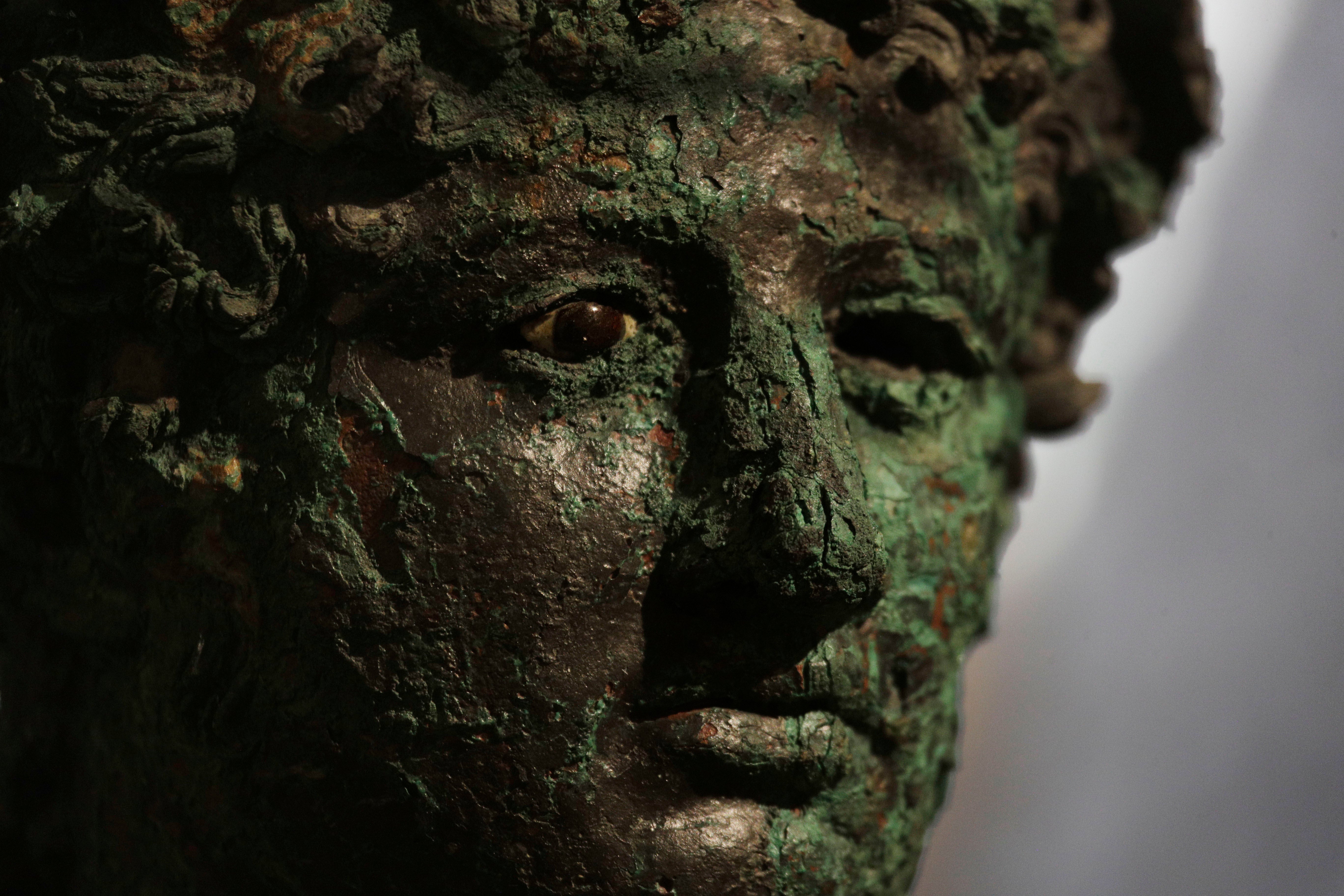Pompeii's museum comes back to life to display amazing finds
Decades after suffering bombing and earthquake damage, Pompeii's museum is back in business, showing off exquisite finds from excavations of the ancient Roman city

Your support helps us to tell the story
From reproductive rights to climate change to Big Tech, The Independent is on the ground when the story is developing. Whether it's investigating the financials of Elon Musk's pro-Trump PAC or producing our latest documentary, 'The A Word', which shines a light on the American women fighting for reproductive rights, we know how important it is to parse out the facts from the messaging.
At such a critical moment in US history, we need reporters on the ground. Your donation allows us to keep sending journalists to speak to both sides of the story.
The Independent is trusted by Americans across the entire political spectrum. And unlike many other quality news outlets, we choose not to lock Americans out of our reporting and analysis with paywalls. We believe quality journalism should be available to everyone, paid for by those who can afford it.
Your support makes all the difference.Decades after suffering bombing and earthquake damage, Pompeii’s museum has been reborn, showing off exquisite finds from excavations of the ancient Roman city.
Officials of the archeological park of the ruins of the city destroyed in 79 A.D. by the eruption of Mount Vesuvius inaugurated the museum on Monday.
Known as the Antiquarium, the museum gives Pompeii a permanent exhibition space. Visitors can see sections of frescoed walls from the sprawling city's unearthed villas, examples of some of the graffiti unearthed by archaeologists as well as household objects ranging from silver spoons to a bronze food-warmer, items of the everyday life that was snuffed out by the volcanic explosion.
First opened in about 1873, the Antiquarium was damaged by bombing during World War II and again in 1980, when a deadly earthquake rocked the Naples area. Since the quake, the museum had been closed, although it was reopened in 2016 as a space for temporary exhibitions.
The Antiquarium's displays also document Pompeii's history as a settlement several centuries before it became a flourishing Roman city.
Due to Italy's COVID-19 pandemic travel restrictions, currently only visitors from Italy's Campania region, which includes the Naples area and the Pompeii ruins, can see the museum.
Pompeii is one of Italy's top tourist attractions, and when mass tourism eventually resumes, entrance tickets to the ruins will also include a visit to the Antiquarium.
The re-opening of the museum after so many decades of travail is “a sign of great hope during a very difficult moment,” Pompeii's long time director, Massimo Osanna, said. He was referring to the harsh blow that the pandemic's travel restrictions have dealt to tourism, one of Italy's biggest revenue sources.
On display in the last room of the museum are poignant casts made from the remains of some of Pompeii's residents who tried to flee but were overcome by blasts of volcanic gases or battered by a rain of lava stones ejected by Vesuvius.
“I find particularly touching the last room, the one dedicated to the eruption, and where on display are the objects deformed by the heat of the eruption, the casts of the victims, the casts of the animals," Osanna said. “Really, one touches with one's hand the incredible drama that the 79 A.D. eruption was.”
Large swaths of Pompeii remain to be excavated. While tourism virtually ground to a halt during the pandemic, archaeologists have kept working.
Just a month ago, Osanna revealed the discovery of an ancient fast-food eatery at Pompeii. Completely excavated, the find helped to reveal dishes popular with the citizens of the ancient city who apparently were partial to eating out, including what was on the menu the day that Pompeii was destroyed.
—-
D'Emilio reported from Rome.